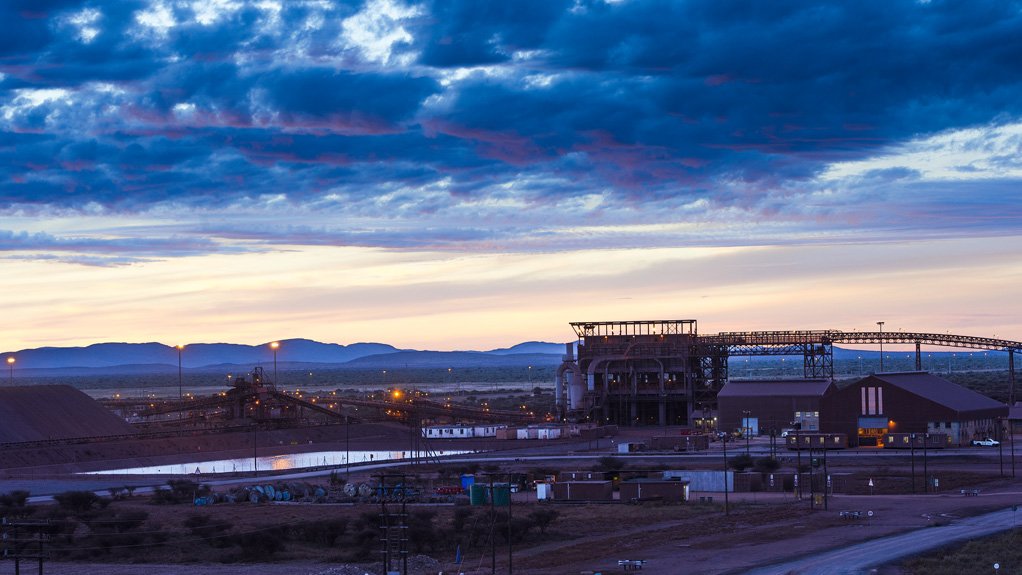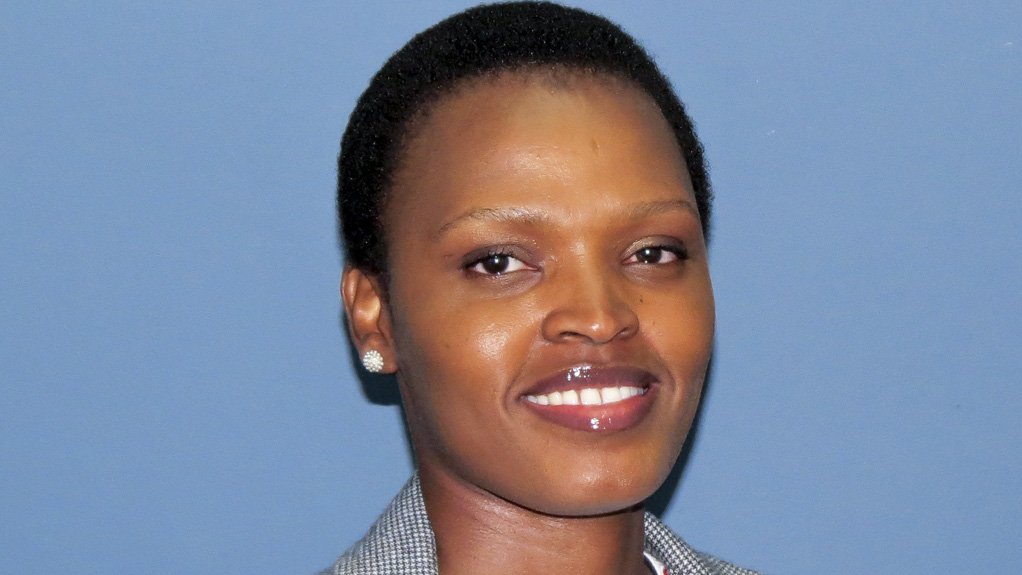The biggest potential for growth in the iron-ore industry lies with countries in the ‘Next 20’, which refers to the 20 growing non-Bric bloc developing economies, including Indonesia, Pakistan, Bangladesh, Mexico, Philippines, and several sub-Saharan African nations, including Nigeria, Ethiopia, the Democratic Republic of Congo, Tanzania and South Africa.
The combined population of this group represents about 27% of the world population and it is forecast to grow to a total of almost three-billion people by 2050. Twelve of these countries have experienced average gross domestic product (GDP) growth rates greater than 5% over the last three years or so.
This is according to mining and engineering consultancy Hatch iron-ore regional director Welekazi Cele, who explains that iron-ore consumption is driven primarily by steel demand for infrastructure development, which is linked to population and economic development.
The global industry is worth $225-billion a year, with the demand for iron-ore larger than any other commodity, excluding oil and gas. The industry, she says, is dominated by Brazilian and Australian producers, such as Brazilian multinational corporation Vale, British-Australian mining multinational Rio Tinto, Anglo-Australian multinational mining company BHP Billiton and Australian iron-ore company Fortescue Metals.
BHP Billiton VP Huw McKay explains that, despite recent weakness, owing to slowing demand, and against most predictions, to date, the price of the steelmaking raw material is still up 31%, having retreated from a surge of 52%, after near-decade lows, in December last year.
Cele adds that, although China, the largest steel producer and iron-ore consumer, has experienced hiccups, Chinese steel consumption is still expected to grow in the current decade given the rate and levels of urbanisation and GDP per capita growth.
BHP Billiton points out that, over the next 20 years, China’s urban population is likely to increase by almost 250-million people and the rising middle class will be looking to upgrade to “bigger and better apartments, sitting above more extensive underground car parks, which will demand steel-intensive building and renovation,” she asserts.
The trend does not always present a smooth road, though. Vale continues to be highly exposed to China both directly and indirectly, with the company’s ferrous minerals business accounting for 83% of its earnings before interest, taxes, depreciation and amortisation in 2015. Cele notes that, “the demand from China for iron-ore continues to grow, but at a declining pace, further exacerbating pricing pressure,” meaning that Vale’s considerable investment in nickel, coal, fertilisers and copper will only partially mitigate the impact of the increase in iron-ore mining capacity globally on the company.
Africa Rising
She notes that Africa is currently a smaller player in the iron-ore industry, but with opportunities, such as Rio Tinto’s Simandou iron-ore project, in Guinea, the Faleme iron-ore mine owned by the government of Senegal, and JSE-listed company Tawana Resources’ Mofe Creek iron-ore project, in Liberia, the continent’s drive to create an impact on the iron-ore industry will be realised in the future.
Simandou is the world’s largest untapped high-grade iron-ore resource and is expected to sustain a mine life in excess of 40 years. Rio Tinto highlights that the project has the potential to transform the Guinean economy and bolster the West African nation’s global competitiveness as an attractive and stable investment destination. It is to be a conventional openpit mine with an expected capacity of 100-million tons of iron-ore a year.
The Faleme iron-ore project, previously owned by integrated steel and mining company ArcelorMittal, has estimated reserves of about 750-million tons. Senegal is one of the most stable African countries according to the World Bank and is a major exporter of phosphate, but it is also looking to develop its iron-ore, gold and oil industries.
The Mofe Creek iron-ore project hosts high-grade friable itabirite mineralisation, which can be upgraded to a premium-quality iron-ore product, grading about 64% to 68% iron, through low capital intensity beneficiation. The scoping study report for the project completed by Australian company, Resource Development Group, considers Mofe Creek an early start-up, low capital cost project with a production rate of up to 2.5-million tons a year.
However, Cele points out that the lack of infrastructure remains the biggest hindrance to growth in African iron-ore projects.
“Hatch has rebranded to emphasise its goal of continuing to partner with clients and find innovative solutions for their projects, and is keeping a watchful eye on West Africa, as the region is a force to be reckoned with and has great opportunities for development,” she says.
Cele states that the rebranding centres on foregrounding Hatch’s understanding of its client’s challenges and requirements and responding quickly with innovative solutions to those needs in an environment that is changing at an unprecedented pace.
“Hatch has acquired many different skills over the years through our integration with other well-respected organisations. These skills have made us what we are today – a global company with the ability to embrace our clients’ visions as our own and help them adapt to a dynamic world and deliver value in ways that are most meaningful and relevant for today,” concludes Cele.
Edited by: Tracy Hancock
Creamer Media Contributing Editor
EMAIL THIS ARTICLE SAVE THIS ARTICLE
To subscribe email subscriptions@creamermedia.co.za or click here
To advertise email advertising@creamermedia.co.za or click here















